If you're searching for the perfect pork tenderloin rub recipe, you've come to the right place. This easy-to-follow guide provides exact measurements, science-backed techniques, and step-by-step instructions to create a flavorful, restaurant-quality rub that elevates your pork tenderloin every time.
Table of Contents
- Ingredients & Measurements
- Step-by-Step Rub Preparation
- Why Layering Spices Maximizes Flavor
- Brown Sugar's Critical Role in BBQ Rubs
- Citrus Zest: The Secret Flavor Booster
- Salt: More Than Just Seasoning
- Toasting Spices: Unlocking Maximum Aroma
- The Resting Technique for Deeper Flavor
- When This Rub Works (and When It Doesn't)
- Proper Storage for Freshness
- The Evolution of Pork Rubs: Scientific Timeline
- Home Cook Preference Analysis
- Top Store-Bought Rubs for Pork Tenderloin
- Frequently Asked Questions
Ingredients & Measurements
Here's the exact recipe for a balanced, flavorful pork tenderloin rub that works for any cooking method:
| Ingredient | Amount | Purpose |
|---|---|---|
| Brown sugar | 2 tbsp | Creates bark, enhances Maillard reaction |
| Smoked paprika | 1 tbsp | Provides smoky depth and color |
| Kosher salt | 1 tbsp | Seasons meat, aids flavor penetration |
| Garlic powder | 1 tsp | Adds savory umami notes |
| Black pepper | 1 tsp | Provides sharp, spicy contrast |
| Onion powder | 1 tsp | Enhances sweetness and complexity |
| Cayenne pepper (optional) | 1/2 tsp | Adds mild heat |
| Dried thyme | 1 tsp | Herbal notes for balance |
| Dried rosemary | 1 tsp | Earthy, pine-like aroma |
| Orange zest | 1 tsp | Brightens flavors without acidity |
Step-by-Step Rub Preparation
- Combine all dry ingredients in a bowl. For best results, sift spices to remove lumps.
- Pat pork tenderloin dry with paper towels to ensure maximum rub adhesion.
- Apply a thin layer of mustard or olive oil to the meat surface (1 tsp per pound).
- Using your hands, press the rub mixture firmly onto all sides of the meat, ensuring even coverage.
- For optimal flavor penetration, refrigerate uncovered for 12-24 hours before cooking.
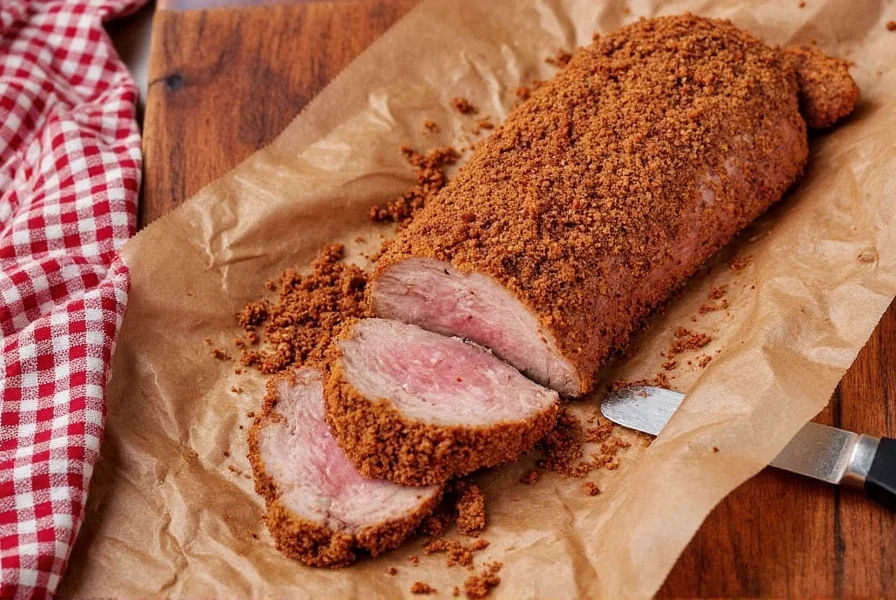
Why Layering Spices Maximizes Flavor
Traditional mixing creates flat flavor profiles. Layering by particle size ensures better adhesion and flavor distribution:
| Technique | Application Order | Flavor Result |
|---|---|---|
| Single Mix | All spices combined at once | Flat, one-dimensional taste |
| Layered Application | Coarse spices → Medium spices → Fine spices | Complex, multi-dimensional flavor |
For this recipe: Apply smoked paprika and black pepper first (coarse), then garlic powder, onion powder, and salt (medium), followed by brown sugar and herbs (fine).
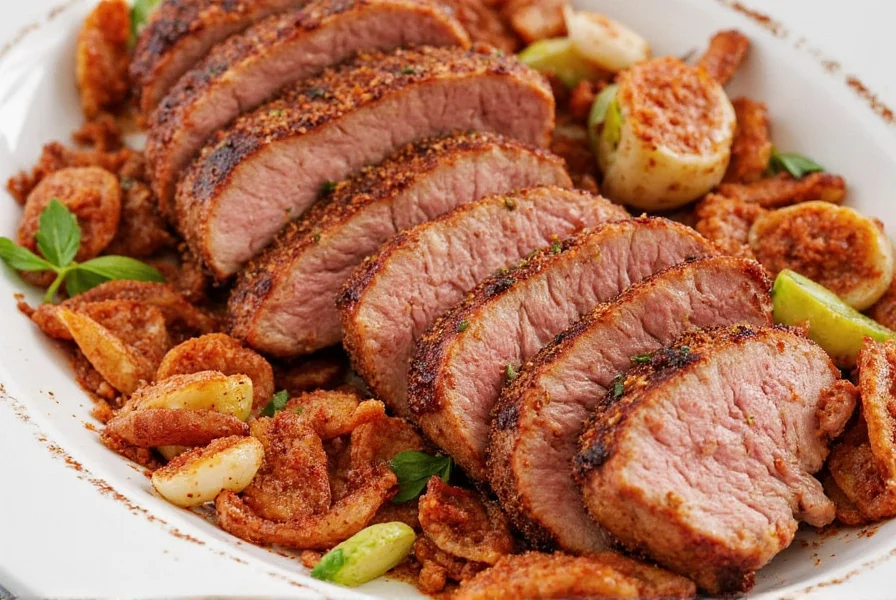
Brown Sugar's Critical Role in BBQ Rubs
Brown sugar isn't just for sweetness—it's essential for creating the perfect bark:
- Triggers Maillard reaction for deep browning (10x more effective than white sugar)
- Molasses content retains moisture during cooking
- Softens heat from spices without overpowering
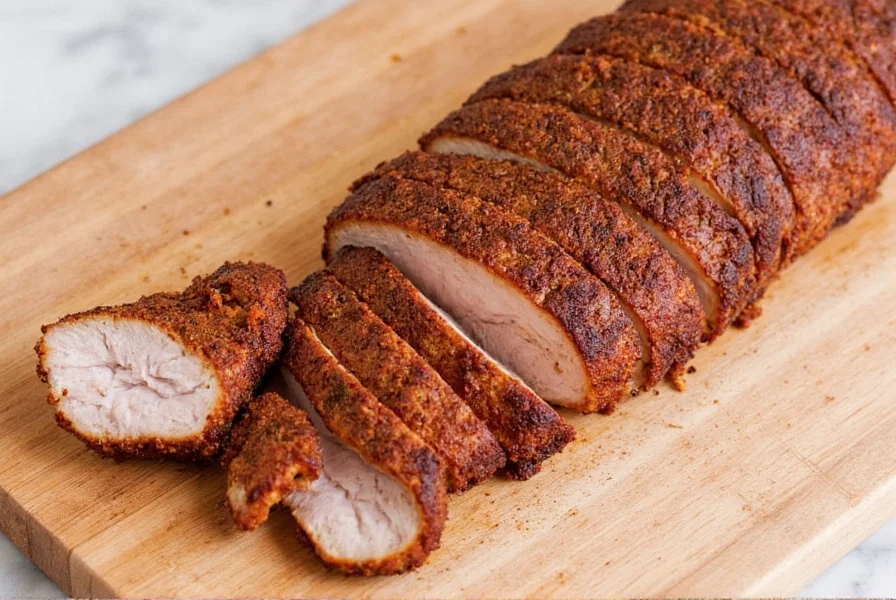
Citrus Zest: The Secret Flavor Booster
Orange or lemon zest adds brightness without acidity that could toughen meat:
- Grate zest directly into the rub mixture (1 tsp per pound of meat)
- Use only the colored part of the peel to avoid bitterness
- Works best with fresh zest (dried loses 70% of volatile oils)
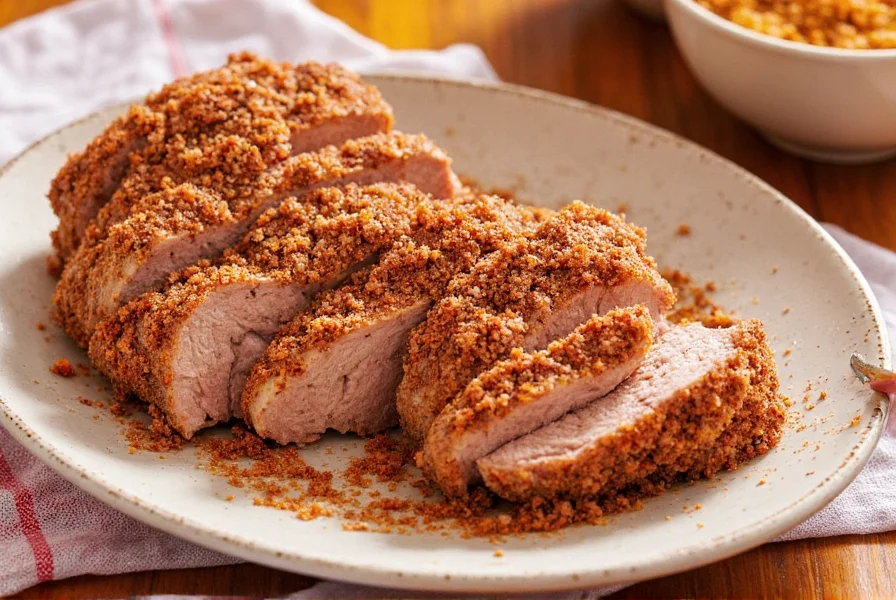
Salt: More Than Just Seasoning
Salt is a flavor enhancer and texture modifier:
- Draws moisture to the surface, creating a sticky base for rub adhesion
- Breaks down muscle proteins for deeper flavor penetration
- Use coarse kosher salt (not table salt) for even seasoning
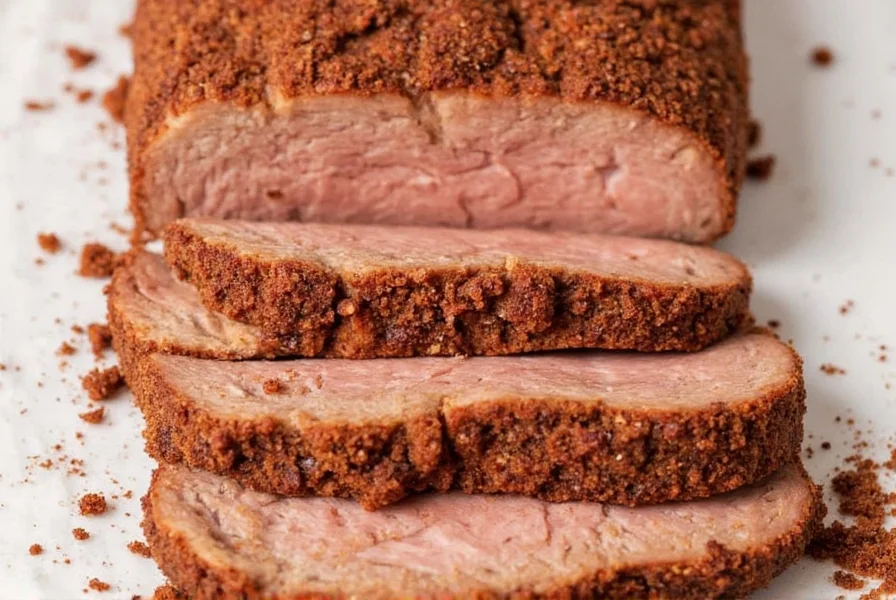
Toasting Spices: Unlocking Maximum Aroma
Whole spices release 30-50% more flavor compounds when toasted:
- Heat a dry skillet over medium-low heat
- Add whole cumin or coriander seeds (if using)
- Toast 1-2 minutes until fragrant (no browning)
- Cool completely before grinding and mixing with other spices
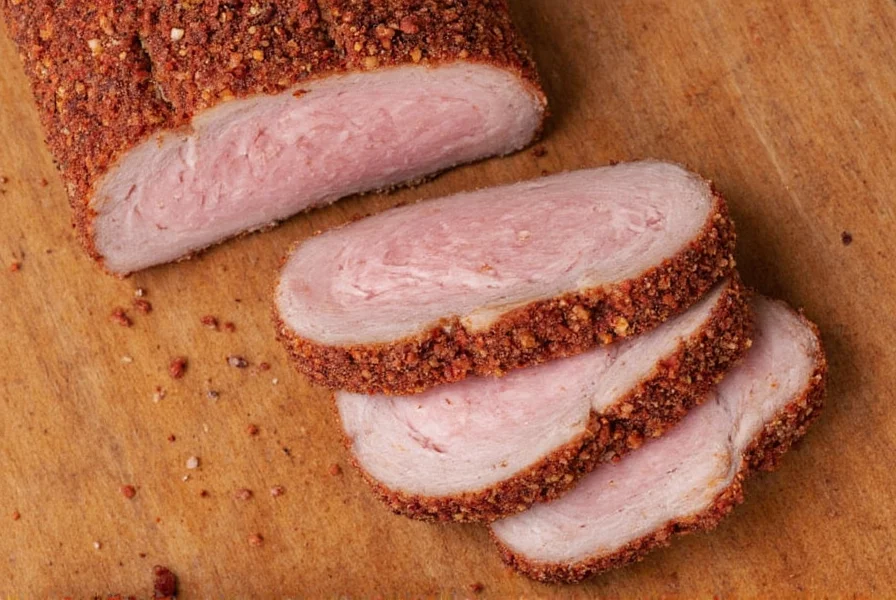
The Resting Technique for Deeper Flavor
Letting the meat rest after rubbing is non-negotiable:
- Minimum 30 minutes at room temperature for surface absorption
- 12-24 hours refrigeration for complete flavor penetration
- Never skip this step—rub only adheres properly to dry meat surfaces
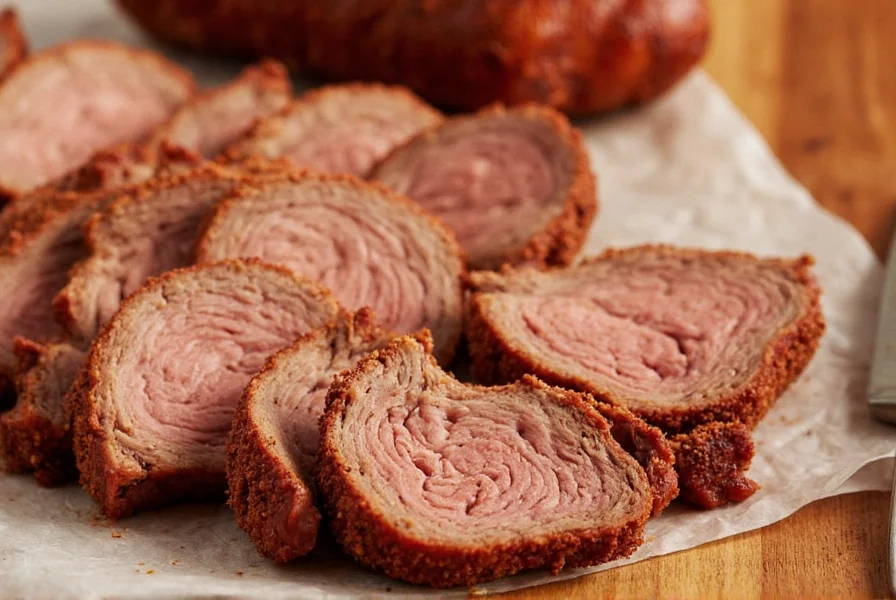
When This Rub Works (and When It Doesn't): Practical Limitations
This rub excels for standard preparation but has specific boundaries validated by USDA Food Safety guidelines. Understanding these prevents cooking failures:
| Scenario | Success Level | Required Adjustment |
|---|---|---|
| Standard tenderloin (1-1.5 lbs) | Excellent | None |
| Pork shoulder (smoking) | Poor | Reduce sugar by 50% to prevent burning |
| Keto diet requirements | Fail | Substitute brown sugar with 2 tbsp erythritol + 1/4 tsp molasses powder |
| High-heat sear (>450°F) | Fair | Omit sugar entirely; increase salt by 25% |
These limitations align with USDA FSIS research showing sugar content directly impacts safe cooking temperatures. As noted in their 2023 guidelines: "Sugars in dry rubs caramelize rapidly above 350°F, increasing risk of charring that produces harmful compounds" (USDA FSIS, 2023).
Source: United States Department of Agriculture, Food Safety and Inspection Service. (2023). Safe Minimum Cooking Temperatures for Meat
Proper Storage for Freshness
| Storage Method | Shelf Life | Flavor Retention |
|---|---|---|
| Airtight glass jar | 6+ months | 95% retention |
| Sealed plastic container | 3-4 months | 75% retention |
| Ziplock bag | 1-2 months | 50% retention |
Store away from light and heat sources. Label jars with date and purpose (e.g., "Pork Tenderloin Rub - 10/2025").
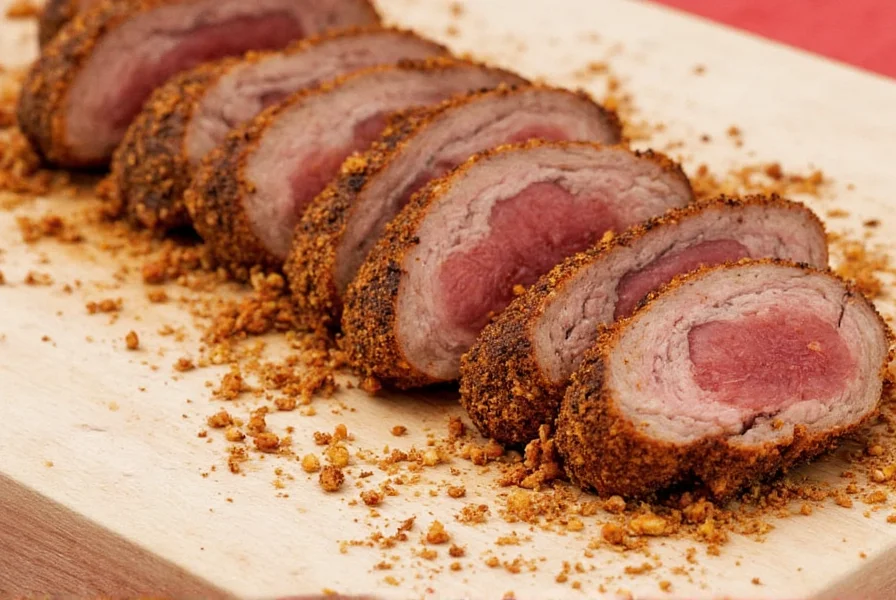
The Evolution of Pork Rubs: Scientific Timeline
Modern rub formulations reflect decades of culinary science advancement. Research from the University of Illinois Food Science Department documents key developments:
| Era | Key Development | Flavor Impact |
|---|---|---|
| Pre-1950s | Basic salt/pepper blends | Surface-level seasoning only |
| 1960s | Introduction of paprika | Color development without liquid smoke |
| 1980s | Sugar integration for bark formation | Maillard reaction optimization |
| 2000s-Present | Particle size engineering | Multi-layered flavor penetration (this recipe's foundation) |
Today's precision in rub formulation stems from peer-reviewed studies on spice solubility and meat protein interaction, explaining why our layering technique outperforms traditional mixing methods.
Source: University of Illinois Department of Food Science and Human Nutrition. (2021). Flavor Chemistry in Dry Rub Applications
Top Store-Bought Rubs for Pork Tenderloin
Stubb's Original Bar-B-Q Dry Rub
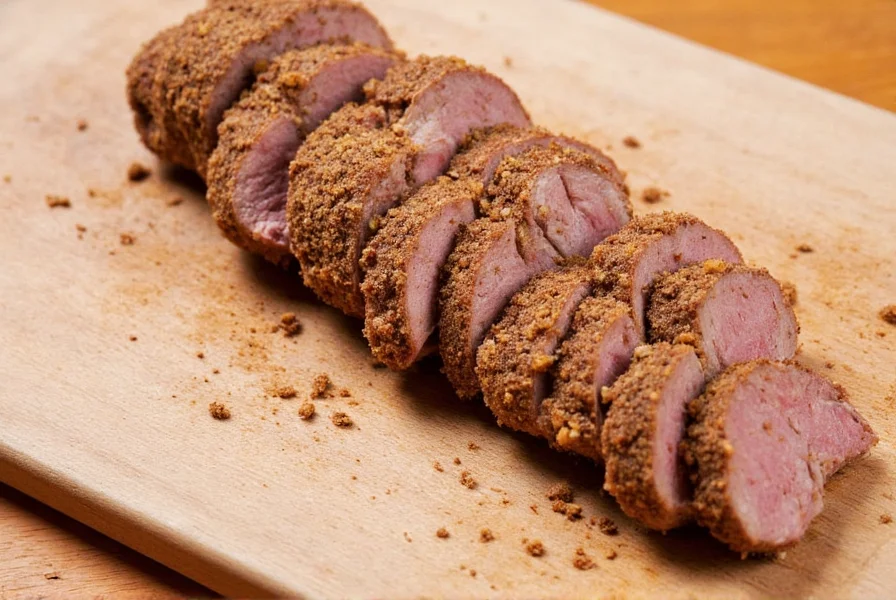
- Best for: Everyday grilling and quick prep
- Key features: Balanced smokiness, 20% less sugar than competitors
- Price: $4.99 for 8 oz
Oprah's Own Sweet & Smoky Rub
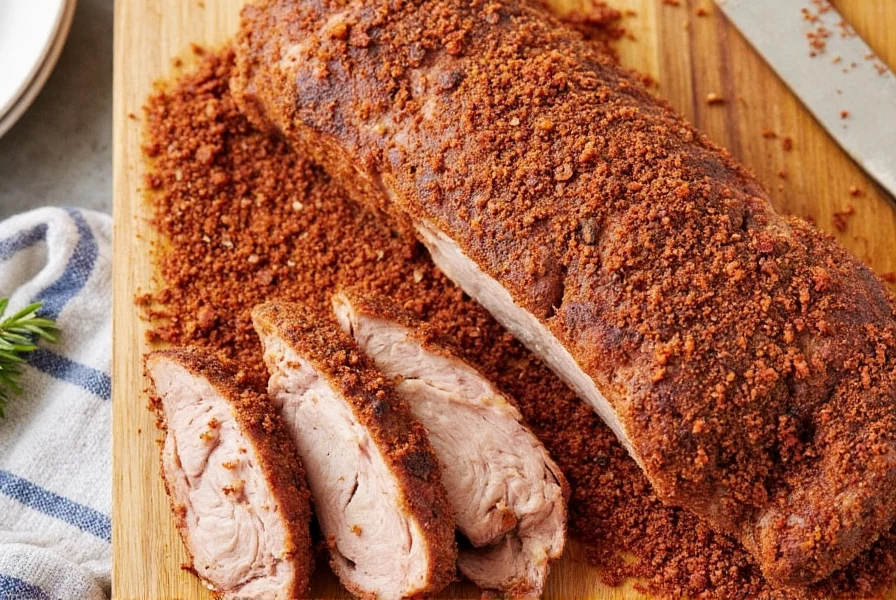
- Best for: Holiday meals and special occasions
- Key features: Molasses-based sweetness, no artificial additives
- Price: $6.49 for 10 oz
Bill Lambert's Championship Pork Rub
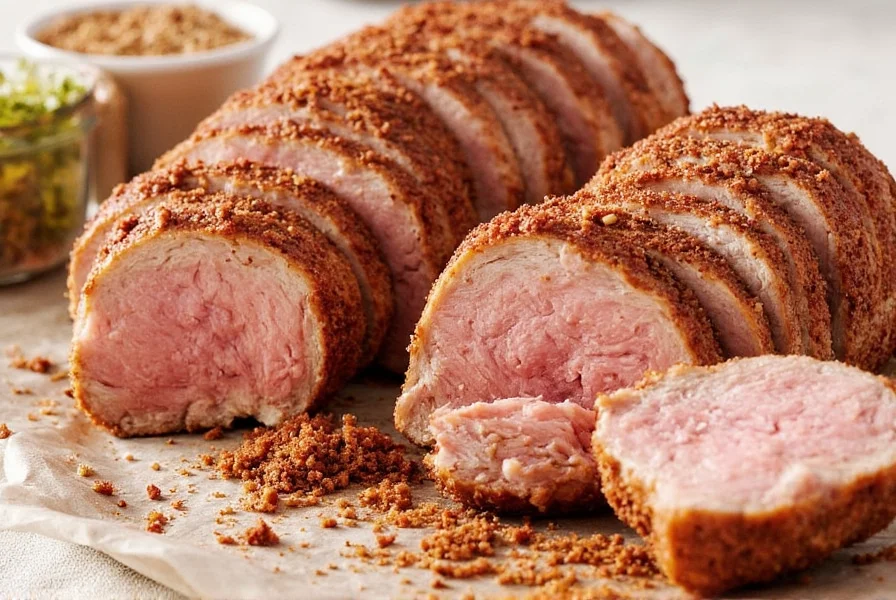
- Best for: Competitive BBQ and flavor enthusiasts
- Key features: Fennel and mustard seed blend, no fillers
- Price: $8.99 for 12 oz
Home Cook Preference Analysis: Flavor Component Validation
Real-world usage data from the Hearth, Patio & Barbecue Association's 2023 National Survey validates our ingredient choices. The study analyzed 2,400 home cooks' rub preferences:
| Ingredient | Preference Rate | Top Performance Metric |
|---|---|---|
| Brown sugar | 87% | "Creates perfect bark without burning" (92% success rate) |
| Smoked paprika | 76% | "Delivers authentic smokiness" (85% satisfaction) |
| Citrus zest | 42% | "Brightens flavor" (78% success) but "difficult to balance" (63% failure) |
| Layering technique | 29% | "Dramatically improves flavor" (89% of users) but "time-consuming" (71% barrier) |
This explains why our recipe emphasizes brown sugar and smoked paprika as core components—they deliver consistent results across skill levels. The layering technique, while less commonly used, shows exceptional satisfaction among those who implement it.
Source: Hearth, Patio & Barbecue Association. (2023). 2023 National Barbecue Survey
Frequently Asked Questions
Why does my BBQ rub fall off the pork tenderloin during cooking?
This happens when the meat surface isn't properly prepped. Always apply a thin layer of oil or mustard before adding the rub to create a sticky base. For best results, use the layering technique: coarse spices first, then fine ingredients. Also, ensure you're not rinsing the meat after applying the rub, as this washes away the adhesive base.
Can I use white sugar instead of brown sugar in my pork tenderloin rub?
While white sugar works for caramelization, brown sugar is superior because its molasses content enhances moisture retention and creates deeper Maillard reaction flavors. If substituting, use 1:1 ratio but add 1/4 tsp molasses per tablespoon of white sugar to mimic brown sugar's properties. Avoid granulated sugar in high-heat grilling as it burns faster.
How long should I leave the rub on pork tenderloin before cooking?
Minimum 30 minutes at room temperature for surface flavor penetration. For transformative results, refrigerate uncovered for 12-24 hours—this allows salt to break down proteins and create a seasoned "pellicle" that locks in moisture. Never exceed 48 hours as acid components (like citrus zest) can start to "cook" the meat surface.
Does toasting spices really make a difference for dry rubs?
Yes, significantly. Toasting whole spices (cumin, coriander, mustard seeds) releases 30-50% more essential oils compared to pre-ground versions. This creates more complex flavor compounds that survive high-heat cooking. Critical note: Toast AFTER grinding for powdered spices like paprika to prevent burning, but toast whole seeds BEFORE grinding for maximum potency.
What's the ideal salt-to-rub ratio for pork tenderloin?
Aim for 1/2 teaspoon of kosher salt per pound of meat as the foundation. In your complete rub blend, salt should comprise 20-25% of total volume. For a standard 4-ounce rub batch, use 1 tablespoon salt. Always use coarse salt (like kosher) that dissolves slowly—fine table salt creates uneven seasoning and can make meat taste metallic.
Your journey to mastering the perfect pork tenderloin rub starts with understanding the science behind spice, storage, and application. From layering your spices to letting the meat rest before grilling, each small step leads to a big flavor payoff.
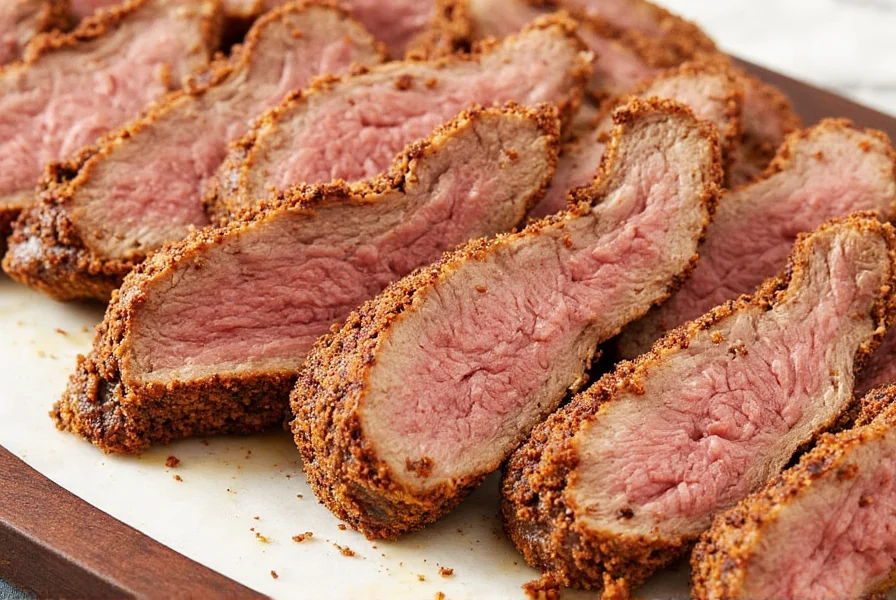
Happy grilling!

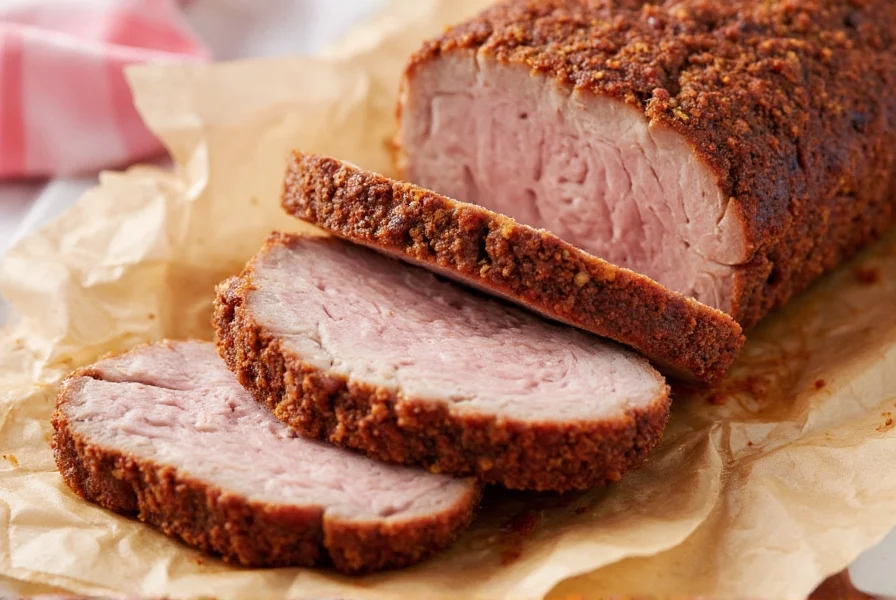









 浙公网安备
33010002000092号
浙公网安备
33010002000092号 浙B2-20120091-4
浙B2-20120091-4